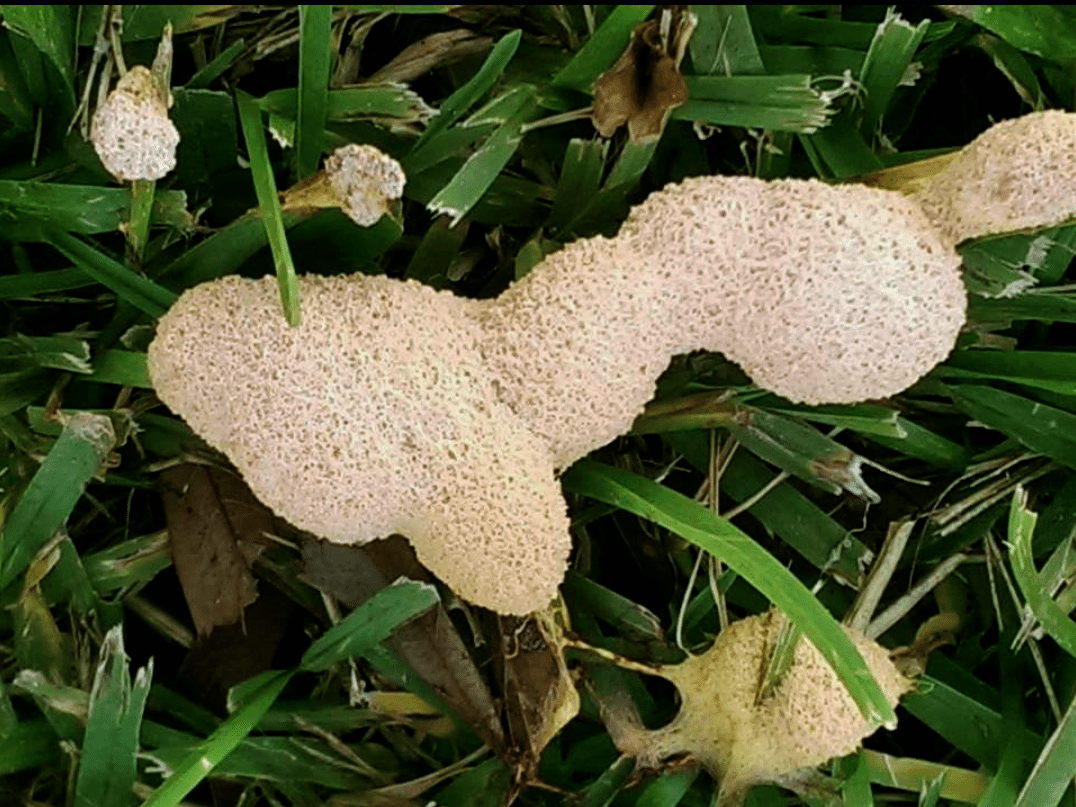Introduction
Slime mold in the garden can be an unsightly and puzzling problem for many gardeners. These unusual organisms often appear as slimy, colorful patches on soil, mulch, or decaying plant matter. While slime mold is generally harmless to healthy plants, it can disrupt the visual appeal of your garden and indicate excess moisture or organic debris. This article explores effective, research-backed methods to get rid of slime mold in your garden, helping you maintain a healthy and attractive outdoor space.
What Is Slime Mold and Why Does It Appear in Gardens?
Slime mold is a type of protist that thrives in moist, decaying organic material. Unlike fungi or bacteria, slime mold moves slowly and feeds on microorganisms in the soil. It often appears after heavy rain or in areas with poor drainage.
Common Characteristics of Slime Mold
- Bright colors: yellow, white, orange, or gray patches
- Slimy or spongy texture
- Found on mulch, decaying leaves, or damp soil
Causes of Slime Mold Growth
- Excess moisture and humidity
- Overly thick mulch layers
- Decaying organic matter
- Shady or poorly ventilated garden spots
Understanding these conditions helps gardeners target slime mold effectively.
How to Get Rid of Slime Mold in Your Garden
1. Physical Removal
The easiest way to control slime mold is by physically removing it:
- Use a rake or garden fork to gently lift the slime mold patches.
- Dispose of the removed material in a sealed bag to prevent spreading.
- Avoid disturbing soil too much to protect beneficial microbes.
2. Improve Drainage and Air Circulation
Slime mold thrives in wet, stagnant environments. Improving garden conditions reduces its recurrence:
- Aerate compacted soil to enhance water drainage.
- Thin out dense mulch layers to prevent moisture buildup.
- Trim overgrown plants to increase sunlight and airflow.
3. Adjust Watering Practices
Overwatering encourages slime mold growth. To manage moisture:
- Water early in the day to allow soil surface drying.
- Avoid excessive watering, especially on cloudy days.
- Use drip irrigation to target plant roots, minimizing surface wetness.
4. Use Natural Remedies
While slime mold is not toxic, some gardeners prefer natural treatments:
- Sprinkle baking soda mixed with water to alter pH and discourage growth.
- Apply a light spray of diluted neem oil; it has mild antifungal properties.
- Add a thin layer of dry straw or pine needles to absorb excess moisture.
Expert Advice and Real-World Insights
According to horticulturists from the University of Minnesota Extension, slime mold rarely harms plants directly but indicates environmental imbalances. Dr. Laura Johnson, a plant pathologist, emphasizes that “correcting moisture levels and improving garden hygiene are the most sustainable approaches to managing slime mold.” In a case study of a home garden in Oregon, reducing mulch depth from 4 inches to 2 inches and improving airflow eliminated slime mold outbreaks within weeks.
Frequently Asked Questions About Slime Mold
Is Slime Mold Harmful to Plants?
Generally, slime mold does not damage healthy plants. It feeds on bacteria and decaying matter, not living plant tissues.
Can I Use Chemical Fungicides Against Slime Mold?
Most fungicides are ineffective against slime mold. Since it is not a fungus, chemical treatments are usually unnecessary and can harm beneficial soil life.
How Can I Prevent Slime Mold From Returning?
Maintain balanced moisture, avoid excessive mulch, and ensure good air circulation to prevent slime mold recurrence.
Conclusion
Slime mold in your garden is often more of a cosmetic issue than a threat to plant health. By understanding its causes—mainly excess moisture and organic debris—you can take effective steps to control and prevent it. Physical removal, improved drainage, adjusted watering, and natural remedies form a comprehensive strategy to keep slime mold at bay. Remember, maintaining a balanced garden environment not only discourages slime mold but also promotes overall plant vitality. Take control today and enjoy a cleaner, healthier garden tomorrow!
